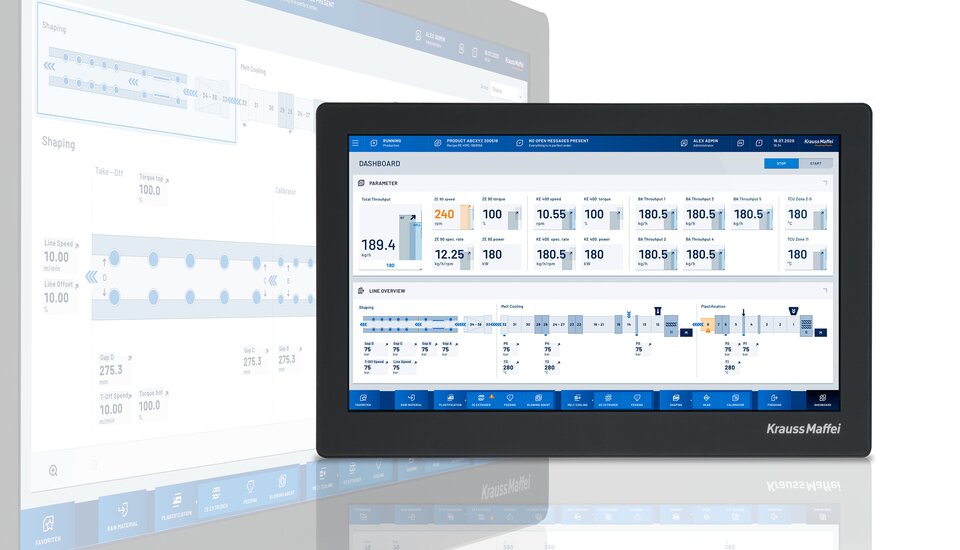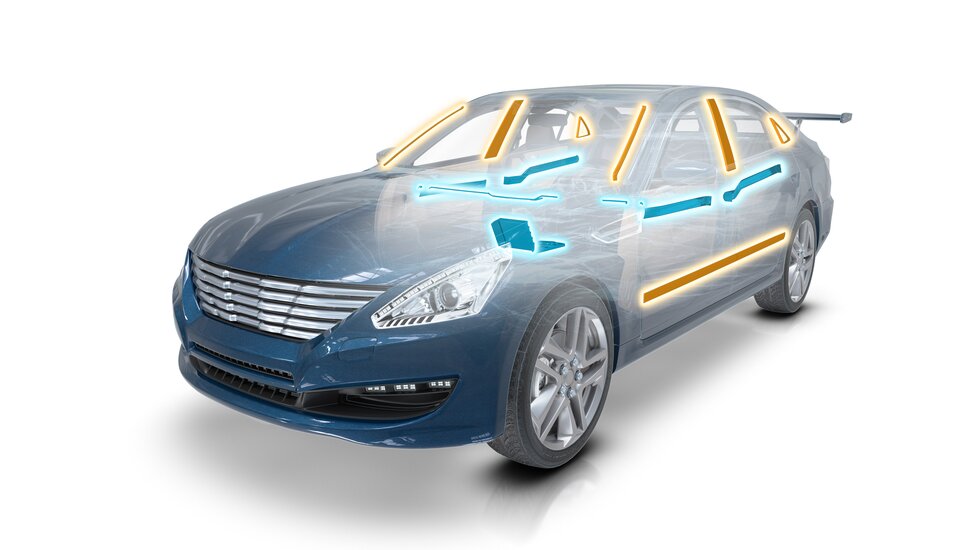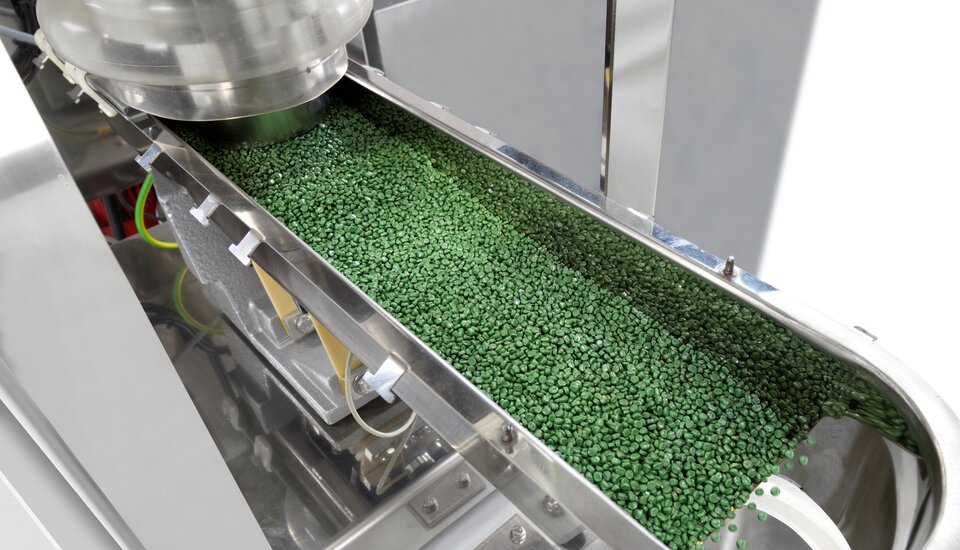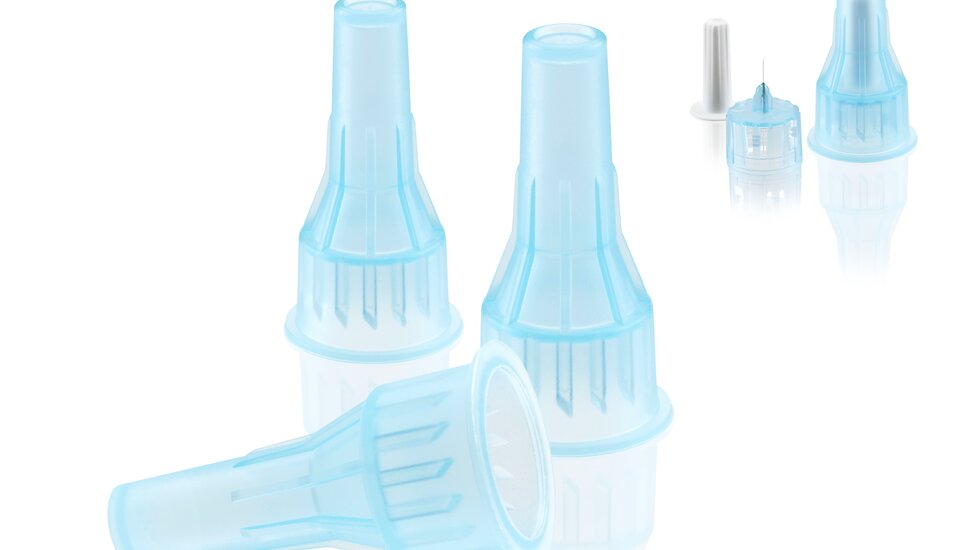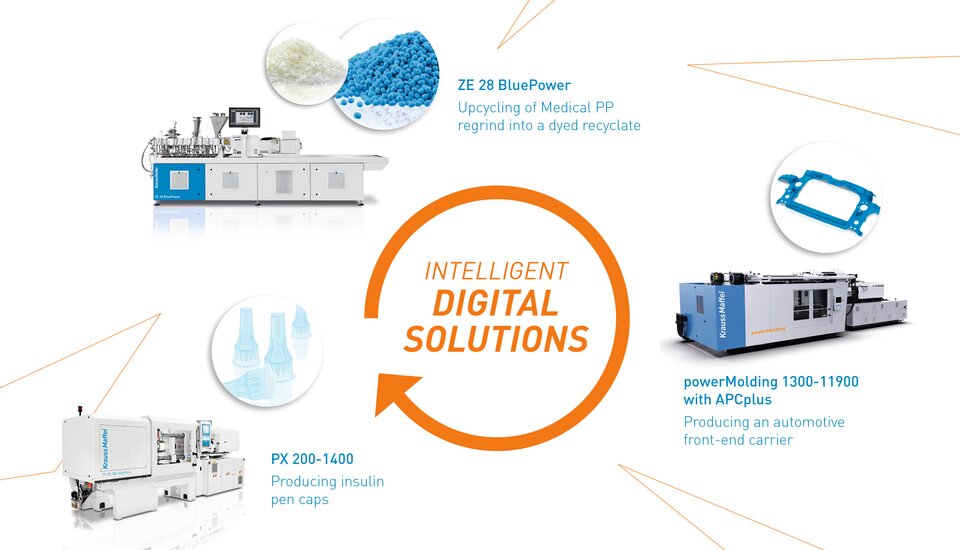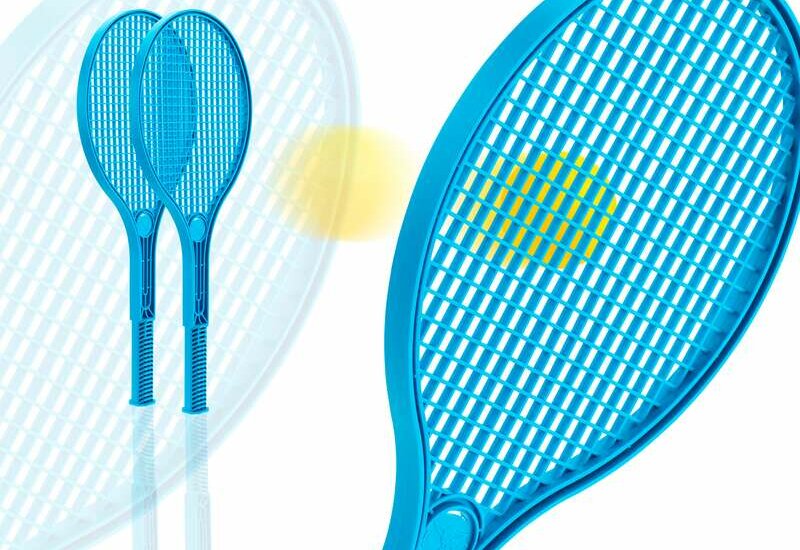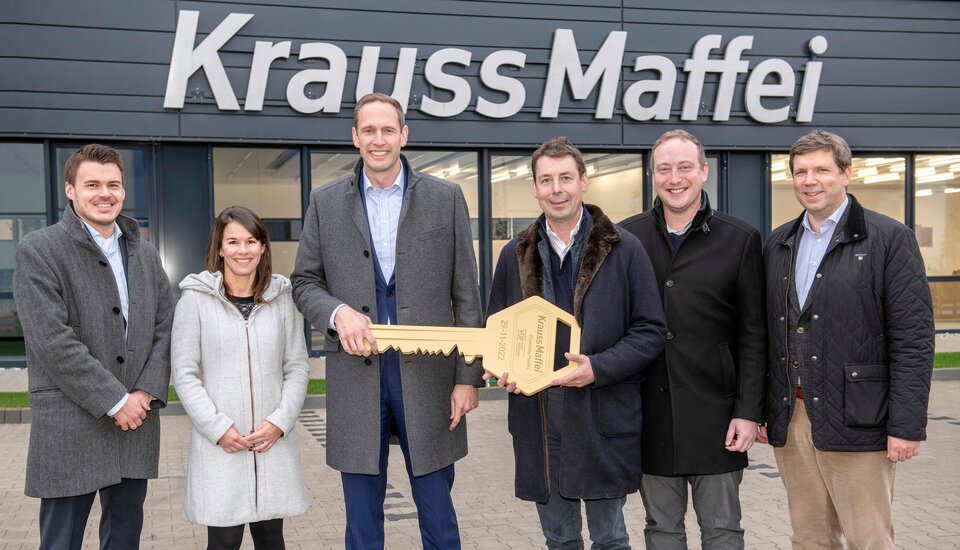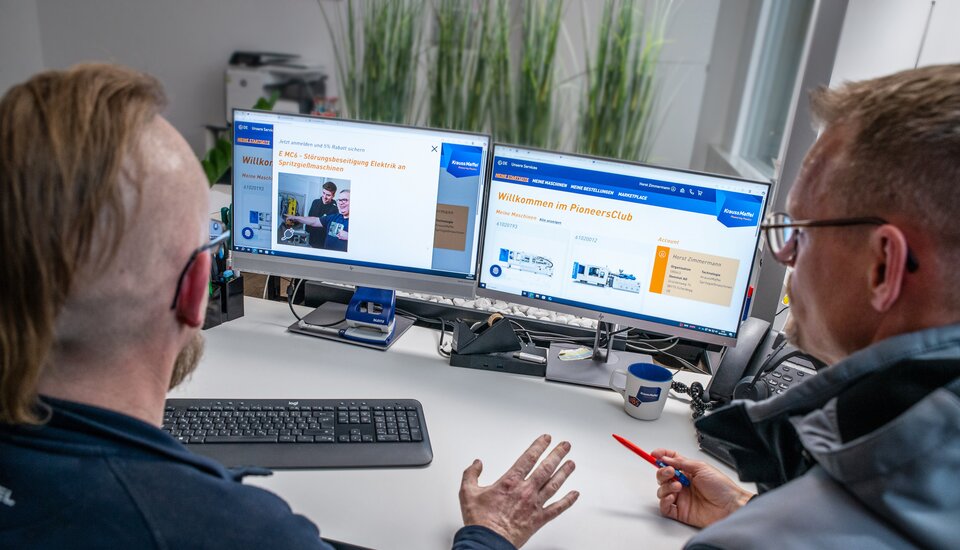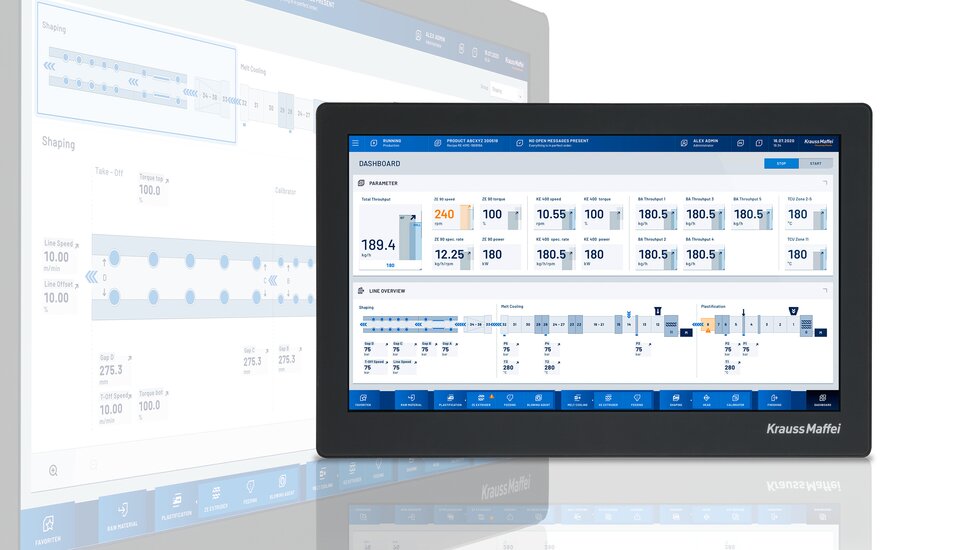
Trendgineering
Orca system: Boosting efficiency in injection molding
| Maria Sedlmaier
Using bionics for highly intelligent temperature control in injection molds
What orcas have to do with the efficiency of injection molding machines and how plastics processors can benefit from it. In cooperation with Jurke Engineering GmbH, KraussMaffei is offering the innovative Orca temperature control system, thus boosting efficiency and transparency in injection molding.
In injection molding, mold heat-balancing has a significant influence on the part quality and productivity of production. For this reason, plastics processors are increasingly focusing on the further development and improvement of temperature control systems. As early as 2016, Jurke Engineering GmbH, together with its partner of many years, enesty GmbH, developed a system called "Orca" with the slogan "Temperature control 4.0", which meets these requirements.
"Maintenance-free, intuitive operation, contactless measuring principle and storage of mold data records including interfaces make the Orca system an optimal solution for making processes even more transparent and conserving resources going forward."Manuel von Varchmin, Direktor Service EMEA
Maintenance-free, intuitive operation, contactless measuring principle and storage of mold data records including interfaces make the Orca system an optimal solution for making processes even more transparent and conserving resources going forward. In cooperation with KraussMaffei, the system is now sold across borders and has the option to be fully integrated into the control system of the current series from the plastics machine manufacturer – a benefit that has yet to be matched by anyone else in the industry.
Plastics processors are becoming increasingly interested in further optimization of their existing machines using cutting-edge peripheral technology. In a best-case scenario, this implies high process reliability, maintenance-free performance and convenient integration into the injection molding machine. The Orca temperature control system provides all these effects and has been proven in the industry multiple times since its introduction. It was developed in close collaboration with users and implemented based on their real-life requirements so that, following intensive testing in production companies, the first systems were successfully commissioned in October 2016.
Model from nature – Using sonic waves with a purpose
The fact that bionics in particular have played a crucial role in the development of the Orca sensor confirms once more that the human race can learn from nature. Leonardo da Vinci once came up with an idea for flying machines that emulated the flight of birds. In a similar fashion, the developers borrowed from the sonic wave communication of orcas. It was obvious what the system's name would be. The marine mammals live in close family groups and emit clicks in the ultrasonic range for orientation and localization.
Following this model, the artificial orca measures the time that an ultrasonic signal requires to travel from point A on the sensor to point B. As the flow rate increases, the signal accelerates so that less time is required for the transmission of the signal from A to B. Based on the ratio between duration and flow velocity, the current flow rate can be calculated. In the standard version, the sensors have a measuring range of 0.5 to 60 liters/min and are designed for media temperatures up to 120 °C; a version for up to 160 °C is available as an option.

Everything in view:
the Orca temperature control system monitors and regulates all cooling circuits individually with respect to flow rate and temperature and thus ensures optimum heat exchange combined with stable process control
Orca is, without a doubt, a complex system. This makes attention to operating convenience even more important. Therefore all sensors are equipped with an LED display: the current flow value and signal light provide immediate information on the current status of the relevant cooling circuit. When using the touch operating panel, the operator can access additional functions for programming, storage and alarms. The top goal was easy operation in order to intuitively communicate large quantities of information to the user. The "flat design" is reminiscent of established user interfaces, which means the user will not need to spend much time getting used to the design.
Maintenance-free system also available as a retrofit
KraussMaffei realized the great potential of Orca early on. The IMM manufacturer has been cooperating with the Orca supplier, Jurke Engineering, since 2017. In Germany, this cooperation is already taking place on a project basis, reaching as far as the Benelux region, France, Austria and Switzerland by means of exclusive sales. "Now we are taking the next step and offering the maintenance-free system for retrofitting existing systems as well, as a way of upgrading them to the state of the art with regard to temperature control and to increase their efficiency. This applies both to our own machines and to those from other manufacturers", explains Manuel von Varchmin, Director Service EMEA in the Digital & Service Solutions segment at KraussMaffei, adding, "In combination with the KraussMaffei machines, the Orca solutions offer a critical competitive advantage over other available temperature control systems."
Continuous further development will safeguard the strong collaboration and consulting quality for our customer going forward. The system can be configured for machine systems of different types and sizes as well as integrated with flexibility. The system is available as a retrofit for KraussMaffei machines and can be fully integrated with the MC6 control system in the current series.

Fully integrated:
the operation and visualization system run on the MC6 machine control system from KraussMaffei
New Orca 2.0 generation
Meanwhile, the next version, Orca 2.0, is already available on the market. "In addition to being based on IO-Link, the second generation introduces even more intelligence to heat-balancing – the Orca plus control system and the Orca Factory evaluation and monitoring tool – because our customers have let us know that efficient systems for continuous process control and for predictive monitoring are extremely important in plastics processing in the interest of quality and productivity," says von Varchmin.
Your benefits at a glance
- Fast control functions
- Maintenance-free sensors (contactless)
- No restrictions on water quality
- Reduced pressure losses in the cooling circuit
- Large measuring range (0.5-60 L/min)
- Advantages for the design and positioning of cooling units
